Description
Introduction
AceDigi presents a range of customizable reward charts and chore charts designed to instill good habits and a strong work ethic in children. While these charts may not be the sole motivator for children to complete chores, practice the piano, or exhibit positive behavior, they serve as highly effective tools in a reward system. Positive reinforcement, as facilitated by these charts, contributes to building self-esteem, and the inherent threat of missing out on a reward offers a more positive approach compared to the threat of punishment.
Creating a Positive Environment
Reward charts offer a constructive approach to parenting, emphasizing positive behavior over negativity. The underlying philosophy revolves around instilling good habits and values through positive reinforcement. By providing a reward system, parents can leverage the anticipation of a reward as motivation for children to meet their responsibilities and goals.
AceDigi offers several customizable reward charts that can be tailored to individual preferences using Microsoft Excel. These charts are theme-enabled, allowing users to easily modify color schemes, fonts, and table designs through Excel’s built-in gallery of themes and designs. The flexibility of these templates enables quick adjustments to suit the preferences of both parents and children.
Printable Reward Charts for Kids
AceDigi provides printable reward charts and templates for personal or educational use, available in both color and ink-saving black-and-white versions. These charts cater to a diverse range of preferences and can be easily customized to align with a child’s interests. However, it is important to note that these resources are intended for personal or educational use only and should not be shared on the internet or resold.
Using Reward Charts Effectively
To maximize the benefits of reward charts, AceDigi offers valuable tips for parents and educators:
- Be Positive:
Emphasize positivity in the reward system. This approach promotes a happier environment for both parents and children, reducing the need for constant nagging and discipline. Focusing on positive reinforcement builds self-esteem.
- Keep it Simple:
Simplicity is key, especially with young children. A clutter-free chart with a few achievable goals helps children maintain focus. As they grow older, additional goals or chores can be introduced gradually.
- Avoid Excessive Rewards:
Small and simple rewards can be highly effective. The act of adding a star to the chart and receiving praise for completing a goal can be reward enough. Excessive rewards may lead to unintended consequences, such as unrealistic expectations.
- Be Ready:
Have treats or toys readily available to provide immediate reinforcement. Making promises that cannot be kept can erode trust and diminish the effectiveness of the reward system.
- What Ages Should Use Reward Charts?
While there are varying opinions on the appropriate ages for using reward charts, a common range is from ages 3 to 12. The child should be able to comprehend the rewards and expectations for the system to be effective.
- Be Consistent:
Consistency is crucial for maintaining a child’s interest and motivation in the reward system. Set a specific time of day to review the chart together and keep it accessible in a convenient location.
- Include Children:
Involve children in the process of choosing their goals and rewards. By allowing them to contribute ideas, parents can increase motivation. Collaboratively selecting a reward that the entire family can enjoy fosters a sense of unity.
- Have Reasonable Expectations:
Goals and chores should be age-appropriate to ensure the child experiences success. Start with simpler goals and gradually increase complexity as the child grows and learns.
- Be an Example:
Children learn by observing. Setting a positive example by showcasing good behavior, manners, and kindness encourages children to follow suit.
- Don’t Use the Chart for Discipline:
The reward chart should be a tool for rewarding good behavior rather than a means of punishment. Disciplinary actions that involve removing stickers or marks can alter the chart’s purpose and impact.
Conclusion
AceDigi’s customizable reward charts provide a practical and positive approach to parenting and teaching. By incorporating these charts, parents and educators can create a nurturing environment that fosters good habits, self-discipline, and a strong work ethic in children.
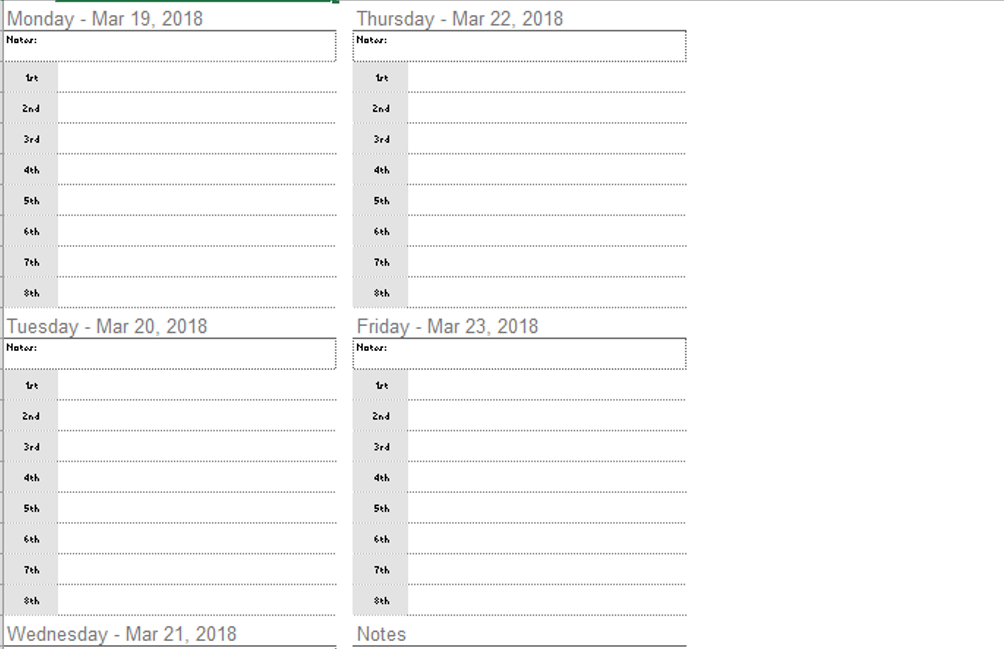
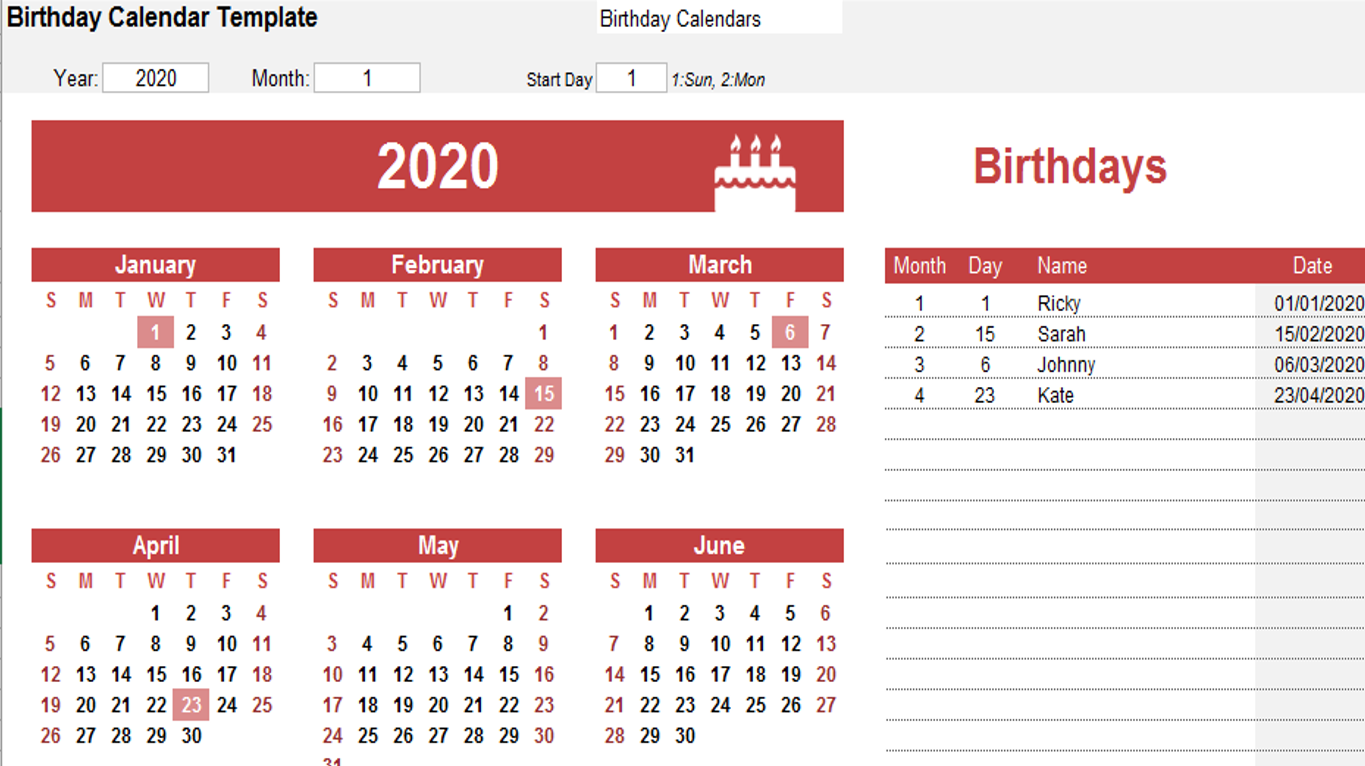

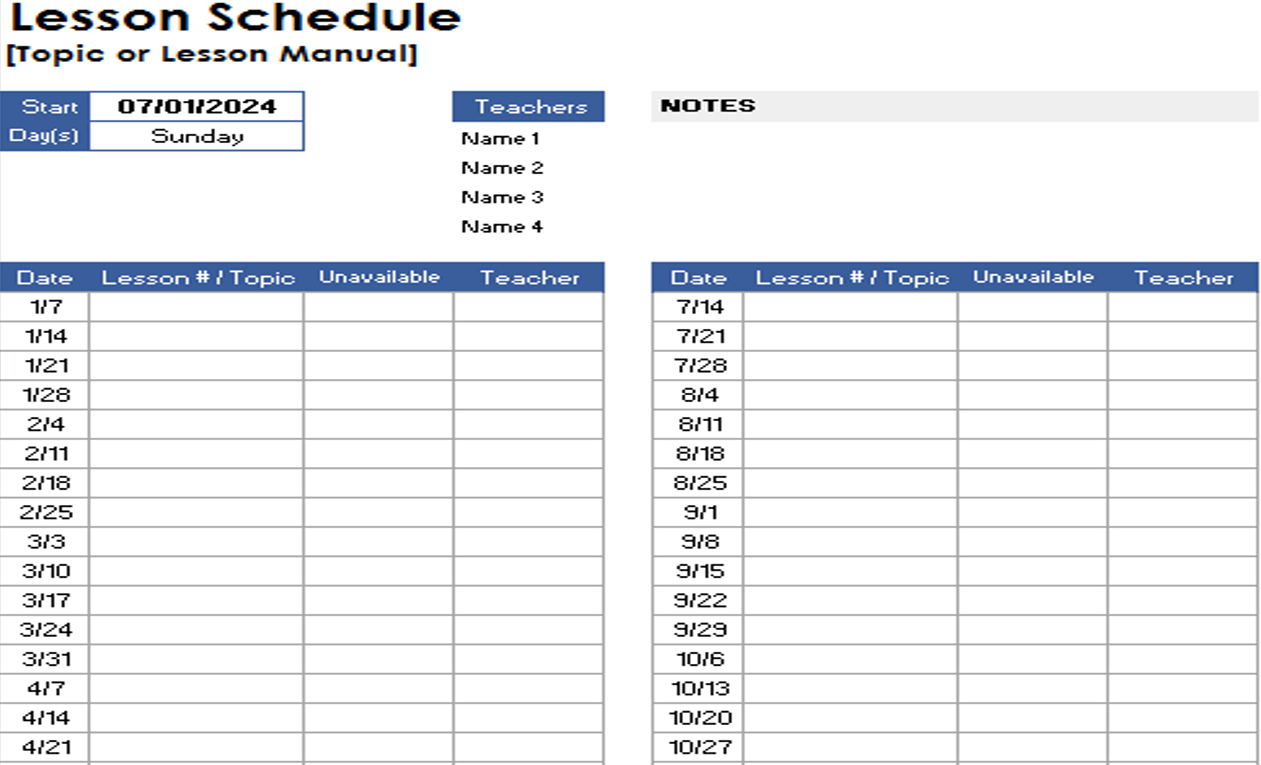
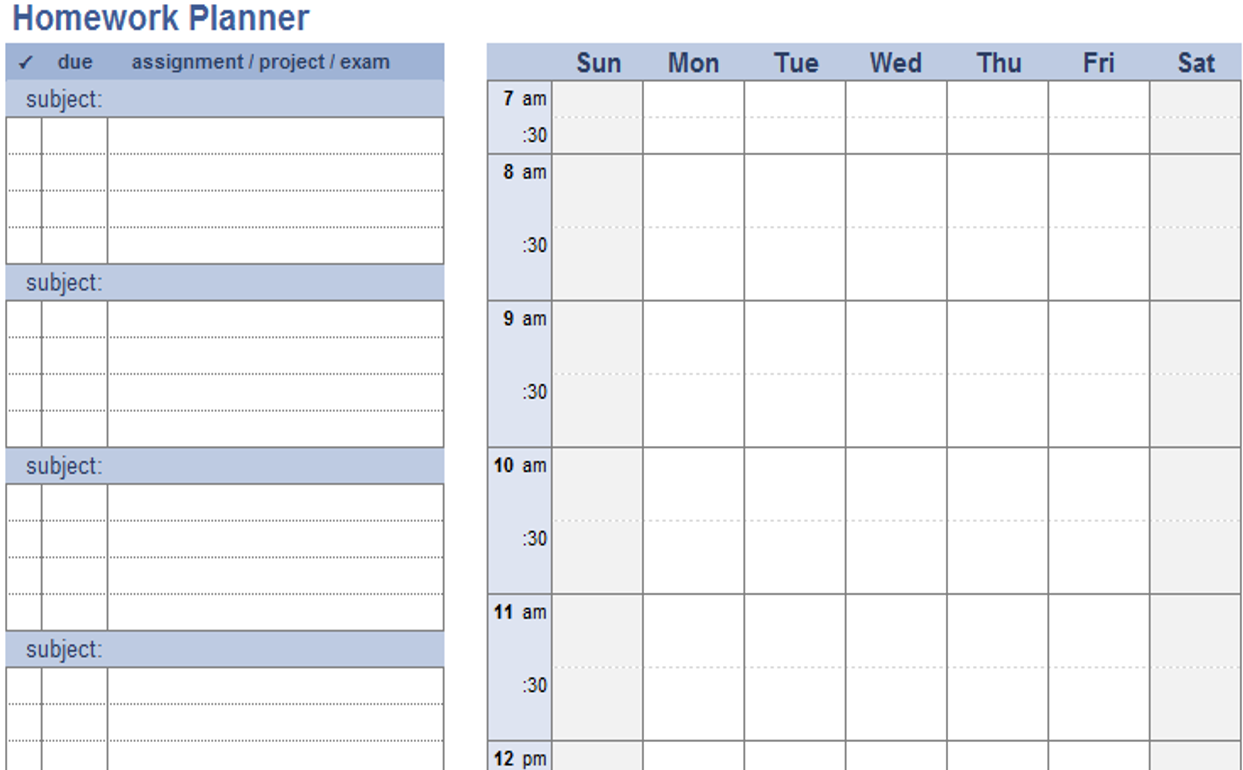
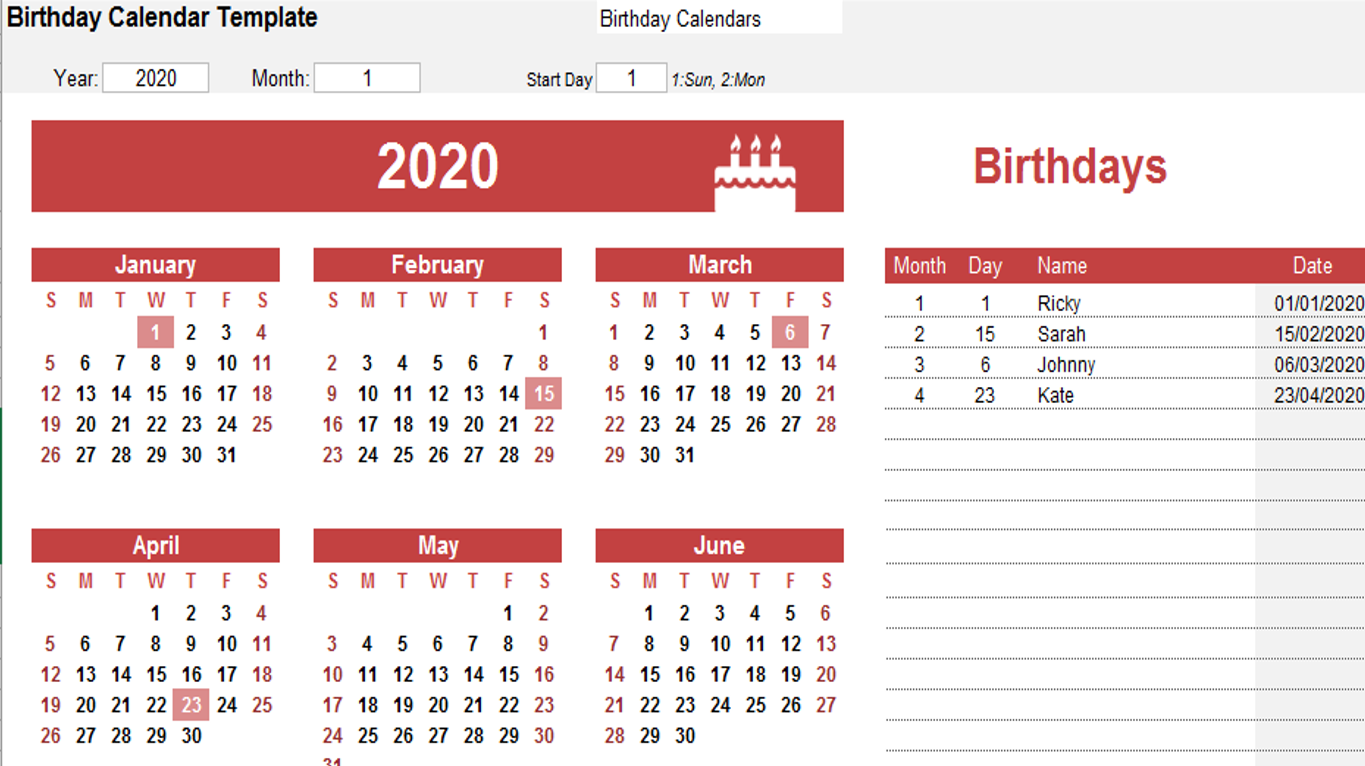
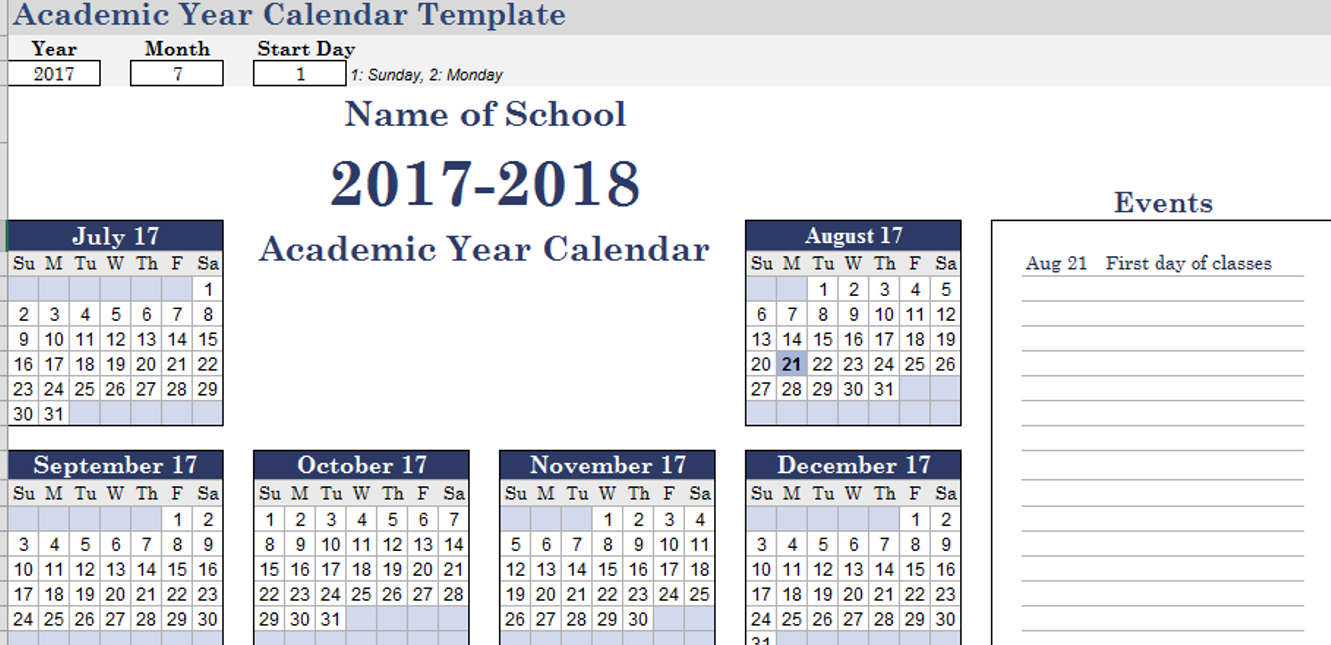
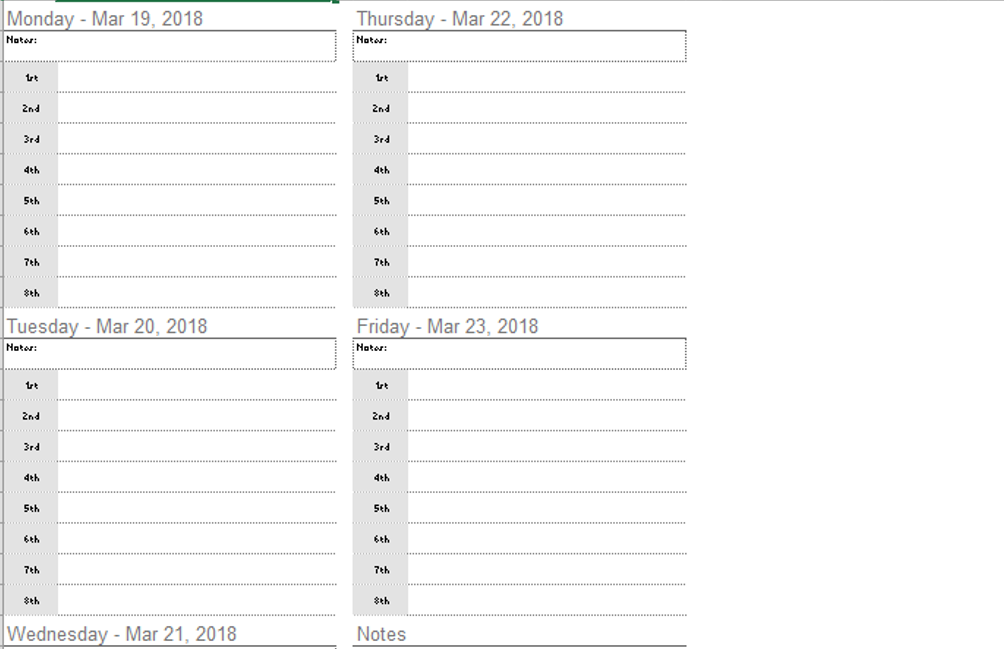
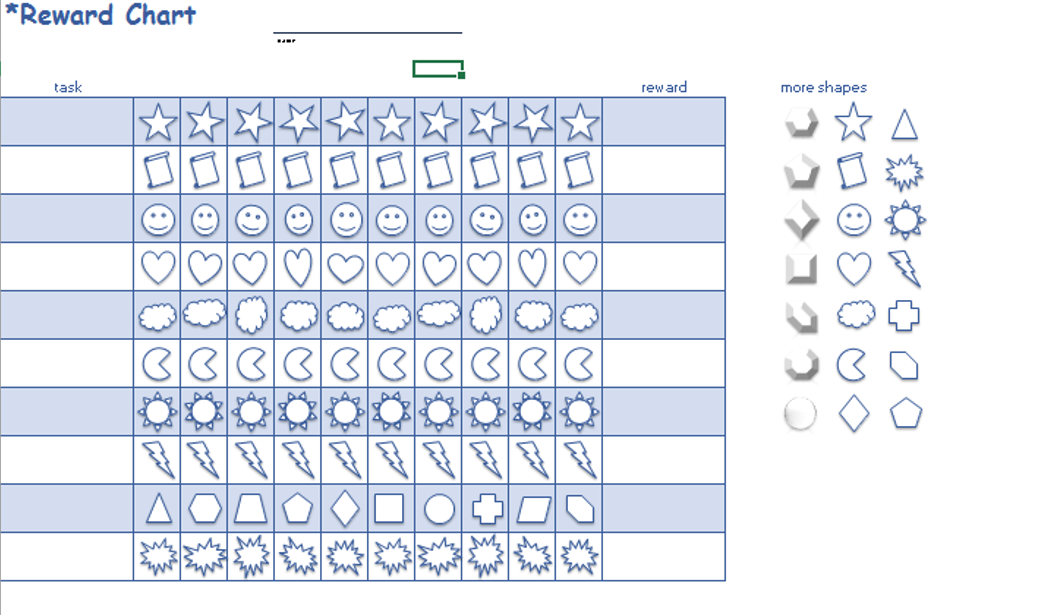

Alex Scott –
Love the customization options! These templates have allowed me to tailor my work to my specific needs. Well-designed, and the support provided is excellent. A satisfied user!
1. Ahmed Malik –
These templates have significantly improved the way I track my projects. User-friendly and visually appealing. Added a professional touch to my presentations. Highly recommend!
Charlotte Anderson –
These templates have turned mundane tasks into a breeze. The attention to detail is evident, and they’ve made data analysis surprisingly enjoyable. A fantastic find!
3. Yusuf Ali –
Using these templates feels like having a personal assistant. They’ve made my workload more manageable, and the results are consistently impressive. Highly recommended!